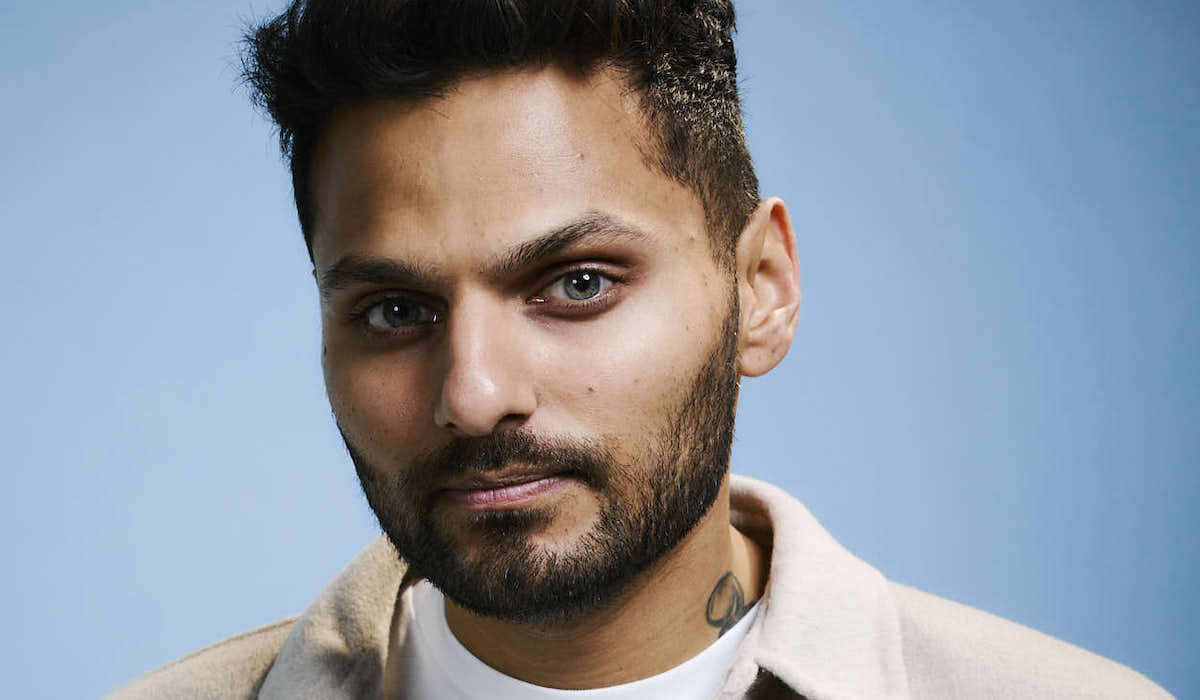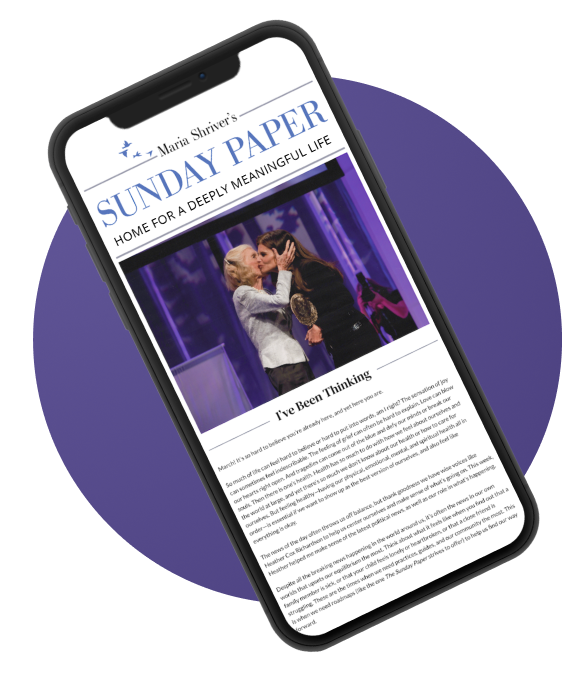Purpose Coach and Former Monk Jay Shetty Walks Us through How to Be Resilient and Mentally Healthy During These Historic and Uncertain Times

Jay Shetty has built a global following for bringing mindfulness to the masses. A purpose coach, former monk, and author of the best-selling book Think Like a Monk, Shetty has a way of breaking down the often-elusive concept of meditation and awareness so that it feels approachable and—ultimately—doable for everyone.
Most recently, Shetty partnered with the mindfulness app Calm to extend his mission. The two share “an incredible synergy,” he says, which is a desire “to make mindfulness and meditation accessible for every person on the planet so that people could live happier lives.” A large part of this endeavor is Daily Jay, a seven-minute daily meditation exercise meant to serve anyone, any place. “It’s inviting people to start their meditation journey and start their habit without anything scary, intimidating, or challenging,” Shetty tells us.
In these anxious times, Shetty’s work feels more needed than ever. Across the globe, there is unrest. So many are in pain. Hearts are hurting. We need reason to heal and to feel steady. Here, we discuss with Shetty why meditation is a tool every one of us can start exploring today—and how it can be a salve to help shepherd us through these challenging periods.
A Conversation with Jay Shetty
There is ample evidence that underscores the positive benefits of meditation. But still, meditation can be hard for many. Let’s start there.
During the pandemic, I took up playing tennis. It’s outdoors, you only need one other person, and you’re socially distanced. When you first start playing tennis, you think, I need the exact racket that all the players play with. I need the shoes that the players use. I need to be on this fancy court. And then you realize: That all makes no difference. You just need to get out there, hit the ball, and start practicing.
Meditation is very similar. You may think, I need the yoga mat. I need the clothes. I need to be sitting in a particular room. But the truth is, meditation doesn’t require those things. That’s how I was trained in meditation as a monk. We were trained to meditate in any scenario.
That speaks to accessibility, which is a huge part of your work. Walk me through the Daily Jay for the beginner who is hesitant to start meditation.
What I encourage people to do is to start out by trying one session. It’s seven minutes. That’s all it takes. Try it out and see how it feels. I imagine that when people try it out, they’re going to try it again and try it again because it [meditation] is something that you can really bring into your life. I say this because we looked at a lot of different activities that we do daily, and we found that a lot of them take five to 10 minutes—whether it’s making your bed, folding your laundry, or doing the dishes. The Daily Jay is perfectly designed to add and layer on top of something else that you are already doing. It makes a mundane task meaningful.
I don’t want you to feel that you must make time to meditate. Rather, we bring meditating into your life. Anyone who is struggling with any of the misconceptions or preconceptions that they have with meditation, just join—and I will guide you through it. It’s simple and laid out. You’re not having to check whether you’re doing it right or wrong. I’m guiding and assisting the process.
Mental health is becoming a greater part of the mainstream conversation these days, thankfully. We also hear talk about mental resilience. How do you define these terms?
I will talk about them separately because they’re different things.
Mental health, to me, is the ability to monitor, understand, and select how you want to feel. We’ve never been trained in the three most important things in the world: emotions, thoughts, and feelings. We experience an emotion. And when you don’t know how to filter or understand that emotion, it turns into thoughts, sometimes harmful or maybe unhealthy thoughts. Then those thoughts turn into feelings, which then becomes a vicious cycle. Mental health is understanding that cycle and knowing how to process an emotion, how to select a thought, and how to monitor your feelings. I don’t think it’s dissimilar from physical health. You feel pain, so you become aware of it. And now that you’re aware of it, you understand what you need to do about it.
The challenge with our mental health is that when we feel something, we ignore it or we tell ourselves it’s not real. We try to push it into a corner and avoid it. So then it doesn’t get the proper care and attention. So mental health, in the simplest form, is the care and attention for your emotions, thoughts, and feelings.
When talking about mental resilience, that’s more of a skill. Where mental health is monitoring, being aware, filtering, and choosing, mental resilience is what builds as a muscle and as a skill. It is where you are now able to take on more uncomfortable and uncertain situations. Mental resilience is the ability to deal with uncomfortable and uncertain situations and challenges in life. And that mental resilience muscle is only built by going through uncertain and uncomfortable situations. So mental resilience is the ability to know how to respond to challenges, whether they’re emotional, whether they’re physical, or whether they’re societal. That’s how mental resilience develops.
The best way of thinking about this is [by thinking of] children, which is an example given in so many mindfulness cultures: A child gets up and falls down over and over again, but the child only gets to walk because the child chooses to get up over and over again and reapply themself and figure out how to place their feet and how to place their hands. If the child was always sheltered and if they always heard, “only stand up [if] you can fully stand up” or “don’t walk until you can fully walk,” the child would never learn to walk. You have to half-walk first, you have to fall and get up. That’s a part of our muscle-building and resilience-building that we’ve forgotten as time’s gone on.
In these times, anxiety is high. How can we move forward with our days when the world seems to be so uncertain?
In the Daily Jay, we offer one takeaway and practical insight into how to apply that for the rest of the day. We want meditation to move into action—because meditation has been very much about that moment. And that moment inspires the rest of the day. So it’s about owning the moment and owning the day. That’s the balance that we wanted to infuse into that session.
Jay Shetty is a purpose coach, former monk, and author. He recently took the role of Chief Purpose Officer for Calm, the mindfulness app for which he produces the Daily Jay. To learn more visit jayshetty.me and calm.com.

